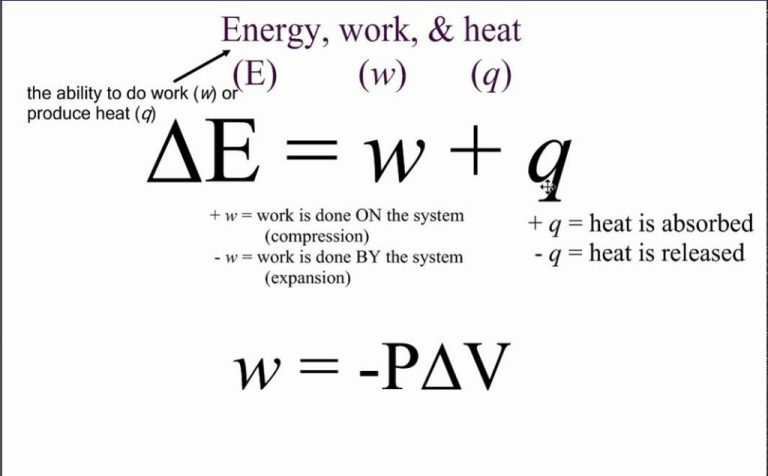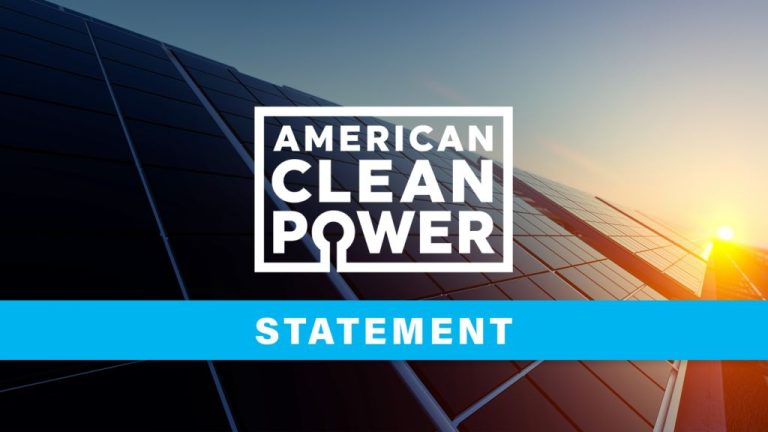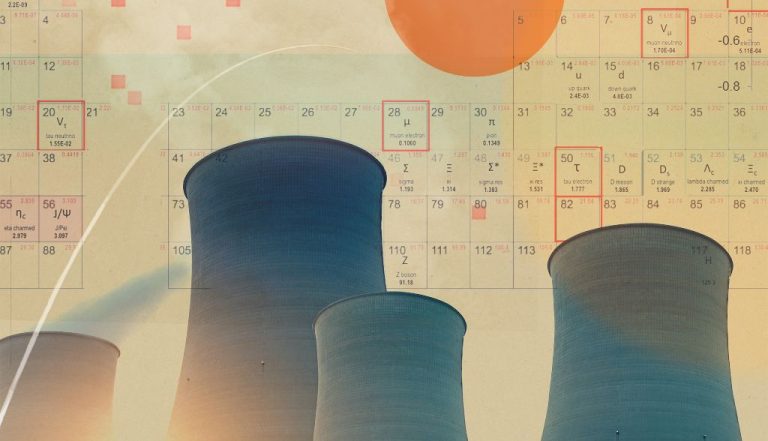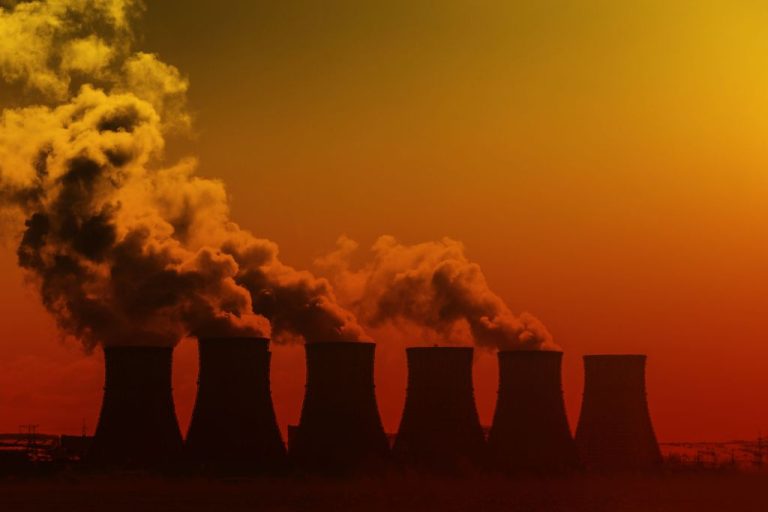What Are 2 Disadvantages To The Environment Of Using Solar Energy?
High Upfront Costs
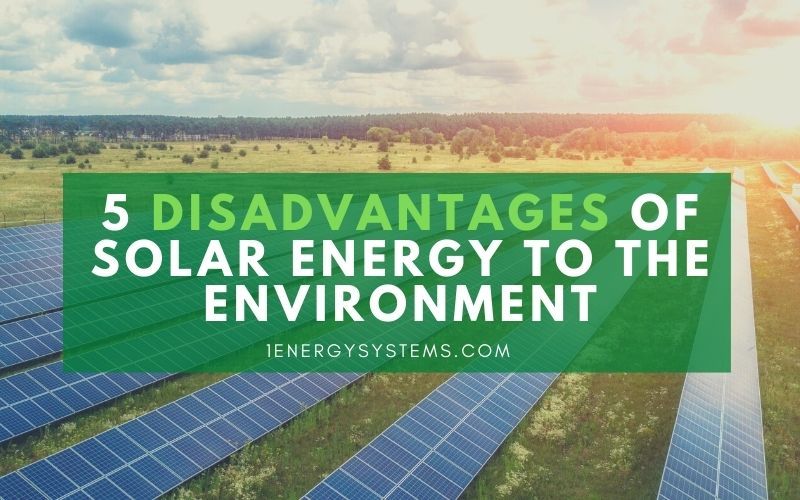
One of the main disadvantages of solar energy is the high upfront cost of purchasing and installing solar panels. The average cost to install a residential solar system in the U.S. is around $23,000-$32,000 before incentives, according to NerdWallet https://www.nerdwallet.com/article/finance/solar-panel-cost. This includes the solar panels themselves as well as the inverters, racking, wiring, permits, and labor required for installation. The final cost can vary greatly depending on system size, solar panel efficiency, location, available rebates/incentives, and installer.
For a typical 6 kW system to power a home, the total costs range from $15,000-$21,000 according to NerdWallet https://www.nerdwallet.com/article/finance/solar-panel-cost. While solar panels can save money over time through lower or eliminated electricity bills, the high initial investment can be prohibitive for many homeowners. This disadvantage puts solar power out of reach financially for lower income households. Creative financing options like solar leases or PPAs can help mitigate the upfront costs.
Intermittency
One of the main disadvantages of solar energy is that it is an intermittent energy source. Solar panels only produce electricity when the sun is shining on them (https://www.ecowatch.com/solar/worth-it/mn). This means that solar energy generation fluctuates throughout the day and is impacted by weather and seasons.
Cloudy days can significantly reduce the electricity output from solar panels, with efficiency dropping to about 10% on very overcast days (https://www.cenvarsolar.com/blog/how-to-make-solar-panels-more-efficient-pro-strategies). Areas that get frequent storms, lots of snow, or long winter nights will see less solar electricity generation overall compared to sunnier climates.
The intermittent nature of solar poses challenges for meeting continuous electricity demand. Additional energy storage is needed to store excess solar energy during sunny periods to use at night or during cloudy weather. Without storage, backup power sources like natural gas or battery banks are required to ensure reliable electricity supply when solar generation is low.
Space Requirements
Solar panels require a significant amount of space. According to Top 5 Solar Farm Land Requirements, solar developers usually need a minimum of 10 acres of usable land for a small-scale solar farm, or up to 200 acres for a utility-scale project. Solar Farm Land Requirements notes that whether a developer is building a 10 acre or a 1,000 acre project, they need to locate it near transmission infrastructure. For a 1 MW solar site, around 6 to 8 acres are required just for the solar equipment and panel rows, as explained by Solar Farm Land Requirements (2023). Overall, utility-scale solar farms capable of producing over 20 MW require vast amounts of open space.
Transmission Losses
Electricity must be transmitted from solar farms to cities where it will be used. Long distance transmission of electricity results in some inevitable loss of power. According to the Clean Technica article What Can We Do About Grid Loss?, roughly 5 to 7 percent of the electricity transmitted over long distance transmission lines is lost. The Institute for Local Self-Reliance also notes in their report Lost in Transmission that multi-megawatt solar farms can lose 12-15 percent of their energy due to transmission over long distances. This power loss during transmission drives up the effective cost of solar energy.
Toxic Materials
The production of solar panels requires some hazardous materials like arsenic, cadmium telluride, and gallium arsenide according to The Impact of Solar Panel Manufacturing – CoRE. These chemicals are needed to manufacture the semiconductors in solar panels. There are concerns that as solar panels are disposed of, these toxic materials could leach into the environment and cause problems. Proper solar panel recycling and disposal is important to prevent release of chemicals.
Land Disruption
Solar farms can disrupt land and habitats during installation and operation. Large solar farms require significant land clearing to install solar panels, access roads, transmission lines and other infrastructure. This land disruption can fragment habitats, disrupt wildlife corridors, and destroy natural environments.
One study found utility-scale solar facilities in California impacted endangered species habitats, with land clearing and habitat fragmentation from access roads being primary concerns (1). Another study found solar farms in grasslands could permanently alter vegetation structure and composition (2).
Solar developers try to mitigate land impacts by avoiding sensitive areas and restoring habitats after construction. But large solar farms still represent a significant land use change from natural habitats to industrial facilities. Careful siting, impact assessments and habitat restoration are needed, but some level of permanent habitat loss is inevitable.
Sources:
(1) Urge Georgetown to Release Solar Farm Environmental Impact …
(2) Trump administration to approve largest solar farm in the U.S.
Variability
One of the main disadvantages of solar energy is its variability and dependence on weather and latitude. Solar panels convert sunlight into electricity, so their output depends on the amount of sunlight they receive. Areas that are sunnier generally produce more solar power, but output also fluctuates throughout the day and year with weather patterns and seasons.
Cloudy weather and shorter winter days significantly reduce solar electricity generation. According to a report by WattClarity, solar production in Australia was disappointingly low during parts of the second quarter of 2022 due to extensive cloud cover [1]. Solar output can fall 70-80% on cloudy days compared to sunny days. This intermittency and variability means solar cannot provide consistent baseload power without energy storage.
The variability of solar also creates challenges for grid management and infrastructure planning. Grid operators must balance electricity supply and demand, so unpredictable fluctuations in solar generation make this balancing more difficult. Overall, the variability of solar output due to weather and geography remains a key limitation.
Storage Limitations
One of the main disadvantages of solar energy is the lack of sunlight during nighttime hours or cloudy days, which means solar panels cannot generate electricity without storage solutions. Solar panels directly convert sunlight into electricity through the photovoltaic effect. But when the sun is not shining, such as after sunset or during heavy cloud cover, solar panels do not produce energy.
This creates an intermittent or variable source of power. Battery storage systems can store excess solar energy for use when sunlight is unavailable. However, battery technology has limitations in capacity and duration. Most residential solar systems only include enough batteries to provide backup power for a few hours or days during grid outages. Without large-scale, long-duration battery storage, solar power is unavailable overnight or during extended periods of cloudy weather. The capacity and costs of batteries pose persistent challenges to relying completely on solar power.
According to Positive Energy Solar, “The cost of batteries for solar storage is also coming down in cost. By adding battery storage for your solar panel system, you can ensure you have power even when the sun isn’t shining.” But existing battery technologies still do not provide enough affordable storage capacity to power society around the clock using only solar energy.
Aesthetics
One disadvantage of solar energy is that some people consider large solar arrays unsightly, especially in residential areas. As the Solar Tribune reports, rooftop solar panels have drawn mixed reactions from neighbors regarding their appearance. Meanwhile, large-scale solar farms are increasingly facing opposition because they can be viewed as marring natural landscapes.
According to research by van den Berg (2022), local opposition to solar farms often arises due to their perceived negative impacts on aesthetics and views. Solar panels introduce industrial features into rural settings, raising concerns about harmful impacts on the visual character of communities. As installers expand solar farms, they may need to address locals’ worries about diminished scenic vistas.
Design choices can help make solar installations more palatable, notes Arka360 (2023). Visually integrating panels into surroundings, strategic screening, and community engagement can build consensus around solar projects. But overcoming the aesthetic concerns of some remains an ongoing challenge for the solar industry.
Alternatives
While solar energy has some downsides, there are other renewable energy sources that may be better options for reducing environmental impact. https://www.pricetocompare.com/blog/renewable-energy-sources-for-homes/ Wind and geothermal energy can provide renewable power without some of the land use and variability issues of solar. Investing in a mix of renewable sources like wind, solar, geothermal, and hydropower may provide more consistent clean energy with less environmental disruption. Transitioning to 100% renewable energy will likely require utilizing the best of all available technologies.

